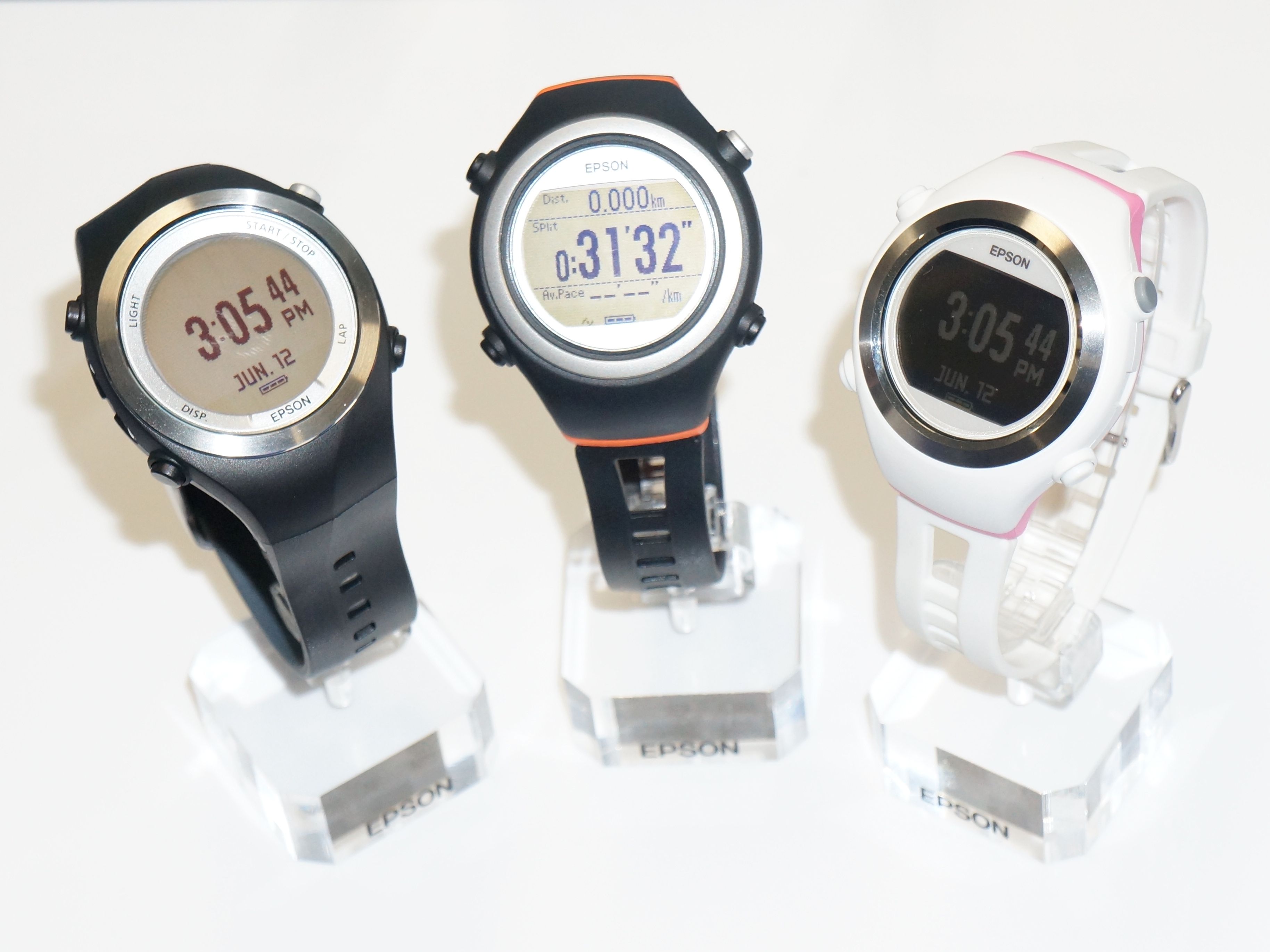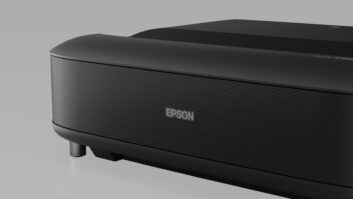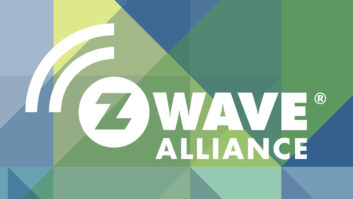
Nagano, Japan — Epson used a world press tour here last week to reveal some new and future product directions the company soon will be pursuing for the U.S. consumer market.
Among the announcements was a pair of fitness-oriented smart wristbands, coming to the U.S. later this year, and the revelation from Keijiro Naito, Epson visual products strategic planning department general manager, that the company has been hard at work developing 4K Ultra HD 3LCD technology for a new class of projectors.
All of the products are developed under Epson’s driving “Sho Sho Sei” technology principle aimed at producing devices that are compact, energy saving and high precision.
Naito said Epson expects to have the first 4K 3LCD projector models in the market prior to the 2016 Olympics in Brazil.
When achieved, the introduction would bring a native 4K-enabled micro display device to compete with native 4K SXRD (LCoS) projectors Sony has marketed for the past several years.
Others that have attempted higher than FullHD projection resolution systems, such as JVC, have relied on up-scaling or pixel-shifting technologies that produce near-4K material, falling short of producing full native 4K resolution. Alternatively, some high-end projector makers such as SIM2 and Display Development have used professional-theater-grade DLP chips to produce large-venue class projectors that offer high-caliber performance at very high price points.
Many dealers in the custom home-theater market have anxiously awaited more consumer-level projector products to achieve higher volumes and lower prices.
Naito mentioned that among the reasons for Epson’s delay in bringing a 4K-level home-theater projector to market so far was a desire to offer a complete Ultra HD model that wasn’t lacking for any unfinished standards. Some of those unsettled areas have included 4K/60Hz HDMI ports (now part of a finished spec) and wider color gamut specifications (still waiting standards determination).
Epson’s Ultra HD 3LCD projectors are expected to be among the first offerings capable of high color brightness output. The attribute presents more natural colors at brighter levels than the white-only lumen levels measured by most other competitors’ products.
Epson argued that a standard has now been established for color brightness measurement that presents a more realistic representation of how the projector will perform using actual video material in home theaters or conference rooms.
The indicator is now gradually being adopted by calibrators and product evaluators like Projector Central, Epson executives pointed out.
In the wearable electronics area, Epson said it is already well along in leveraging the expertise it has developed in the production of watches under its Seiko business. The company was the first to develop a Quartz watch and intends to make similar breakthroughs in the burgeoning wearables space.
Epson has already introduced in Japan wrist-worn fitness-tracking monitors, runners’ watches and motion tracers, the latter of which monitors a golf swing to help the user improve his performance on the links. All of the devices are said to be targeted at improving “the quality of life” of its customers.
For the United States, Epson said it plans to kick off its wearables activity later this year by introducing a pair of Pulsense fitness trackers: models PS-100 ($129 suggested retail) and PS-500 ($199).
First shown at the 2014 International CES, the Bluetooth-enabled devices are equipped with highly accurate pulse and stride sensors to measure a wearer’s heart rate, activity/stride count, calories burned and sleep patterns based on Epson’s patented biosensors and internal accelerometer.
Collected data is then wirelessly relayed to an app on an iOS or Android smart device.
The PS-100 is a basic LED bracelet, while the PS-500 adds an LCD display that presents a small amount of collected fitness data on the go.
The watches include built-in memory capable of storing up to 480 hours of data at a time. For longer-term archiving, the information can be off loaded to either a smart device app or a PC.
The Pulsense wristbands have a three-in-one proprietary chip that is said to deliver faster processing speeds, better battery life, and a thinner profile than similar competitive approaches.
Epson also showed a trio of Runsense tracking watches for runners — models SF-310, SF-510 and SF-710 — all of which will be available in Japan but have no announced introduction plans for the United States.
The Runsense devices are billed as portable wrist-mounted navigation devices for sporting use equipped with a GPS receiver. The watches are designed to measure speed, distance, pace, lap time, heart rate and calorie-burning rate.
They include wireless connectivity with smart devices.
Also targeted at Japan and other international markets with no current U.S. plan is the M-Tracer, model MT-500G, the first in a line of motion-sensing monitors designed to provide a visual references that can be used to help improve an aspect of a physical performance. In this case, the user measures the effectiveness of a golf swing, and gives feedback and recommendations on how to correct any deficiencies in the user’s approach.
The MT500G, which sells for about $300, measures the orbit of a swing, speed of the club head, rotation of the shaft and more. Collected data is relayed to an Android smart device app, where the viewer can see statistics and tracking images. The system allows the comparison of a user’s golf swing against that of a pro-level golfer.
The company also showed its recently introduced Moverio BT-200 Augmented Reality smart glasses, designed for both consumer and business applications. The technology leverages technologies from both Epson’s projection and sensing technologies areas, including front-facing cameras, gyroscope, GPS system, compass and accelerometer.













